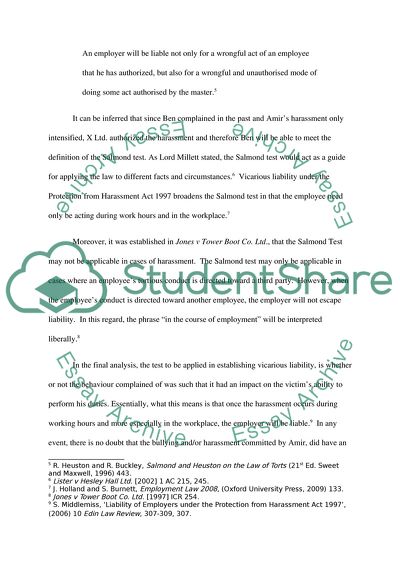Cite this document
(The Law of Defamation, The Rule in Rylands v Fletcher and Nuisance Coursework - 2, n.d.)
The Law of Defamation, The Rule in Rylands v Fletcher and Nuisance Coursework - 2. Retrieved from https://studentshare.org/law/1750010-law-of-tort
The Law of Defamation, The Rule in Rylands v Fletcher and Nuisance Coursework - 2. Retrieved from https://studentshare.org/law/1750010-law-of-tort
(The Law of Defamation, The Rule in Rylands V Fletcher and Nuisance Coursework - 2)
The Law of Defamation, The Rule in Rylands V Fletcher and Nuisance Coursework - 2. https://studentshare.org/law/1750010-law-of-tort.
The Law of Defamation, The Rule in Rylands V Fletcher and Nuisance Coursework - 2. https://studentshare.org/law/1750010-law-of-tort.
“The Law of Defamation, The Rule in Rylands V Fletcher and Nuisance Coursework - 2”, n.d. https://studentshare.org/law/1750010-law-of-tort.


